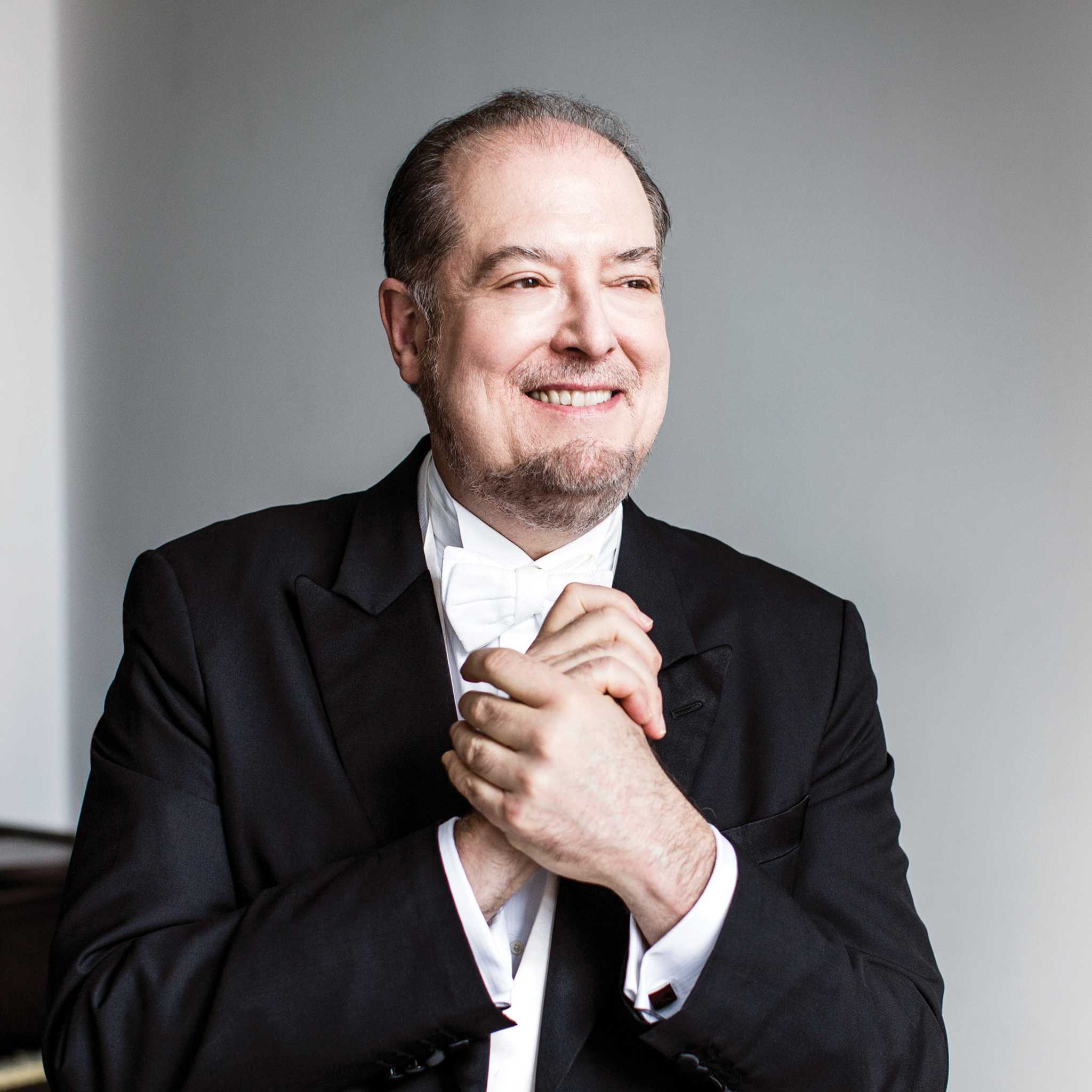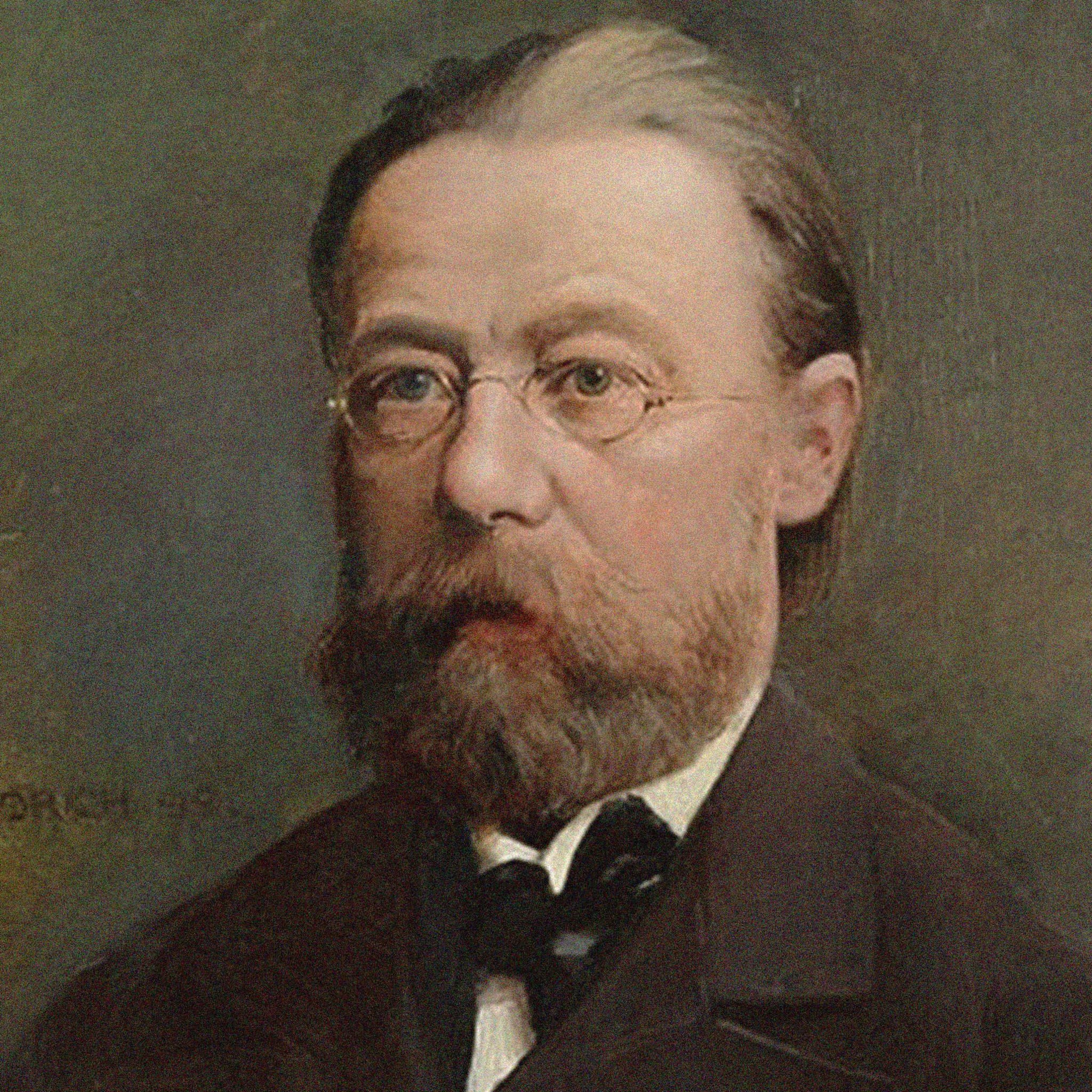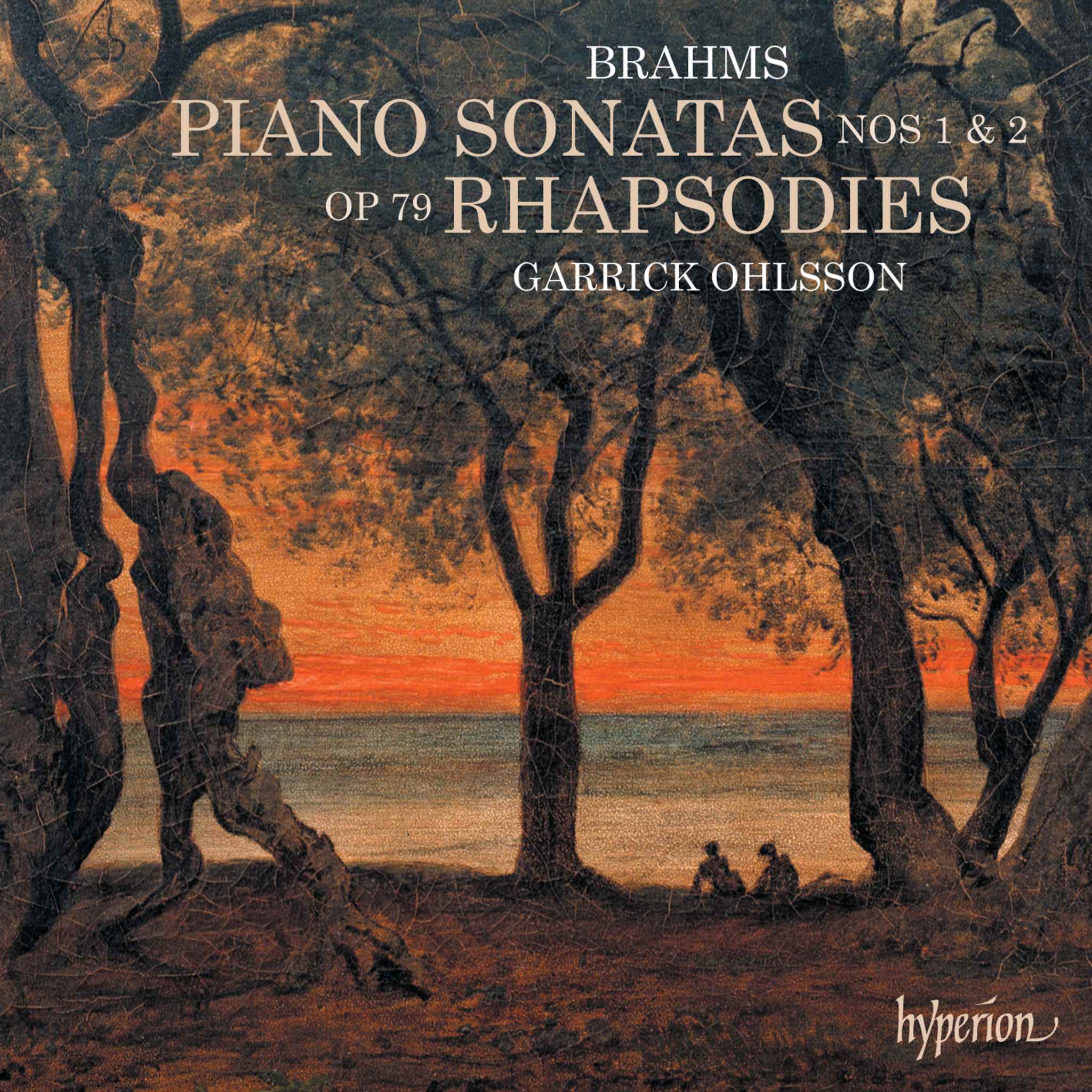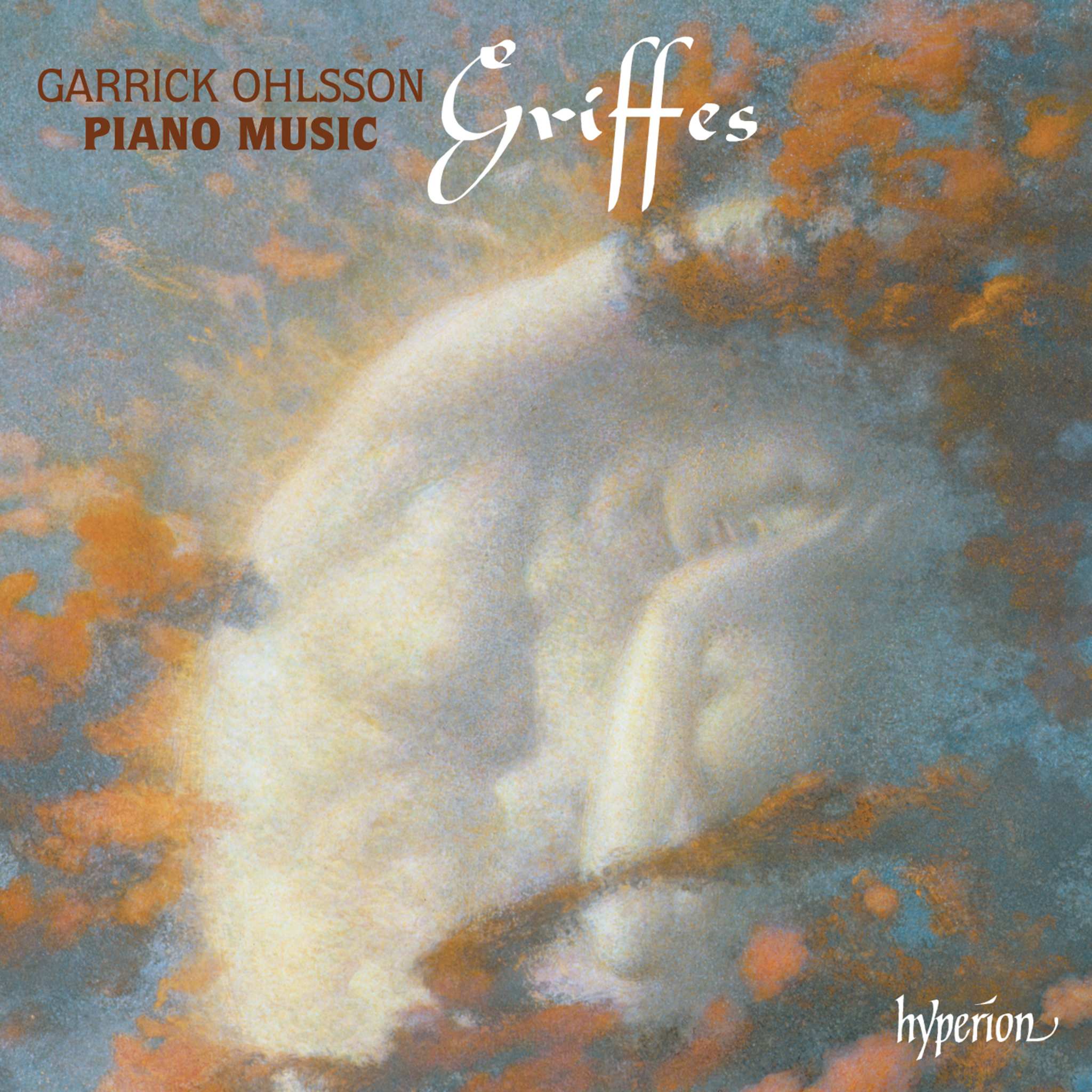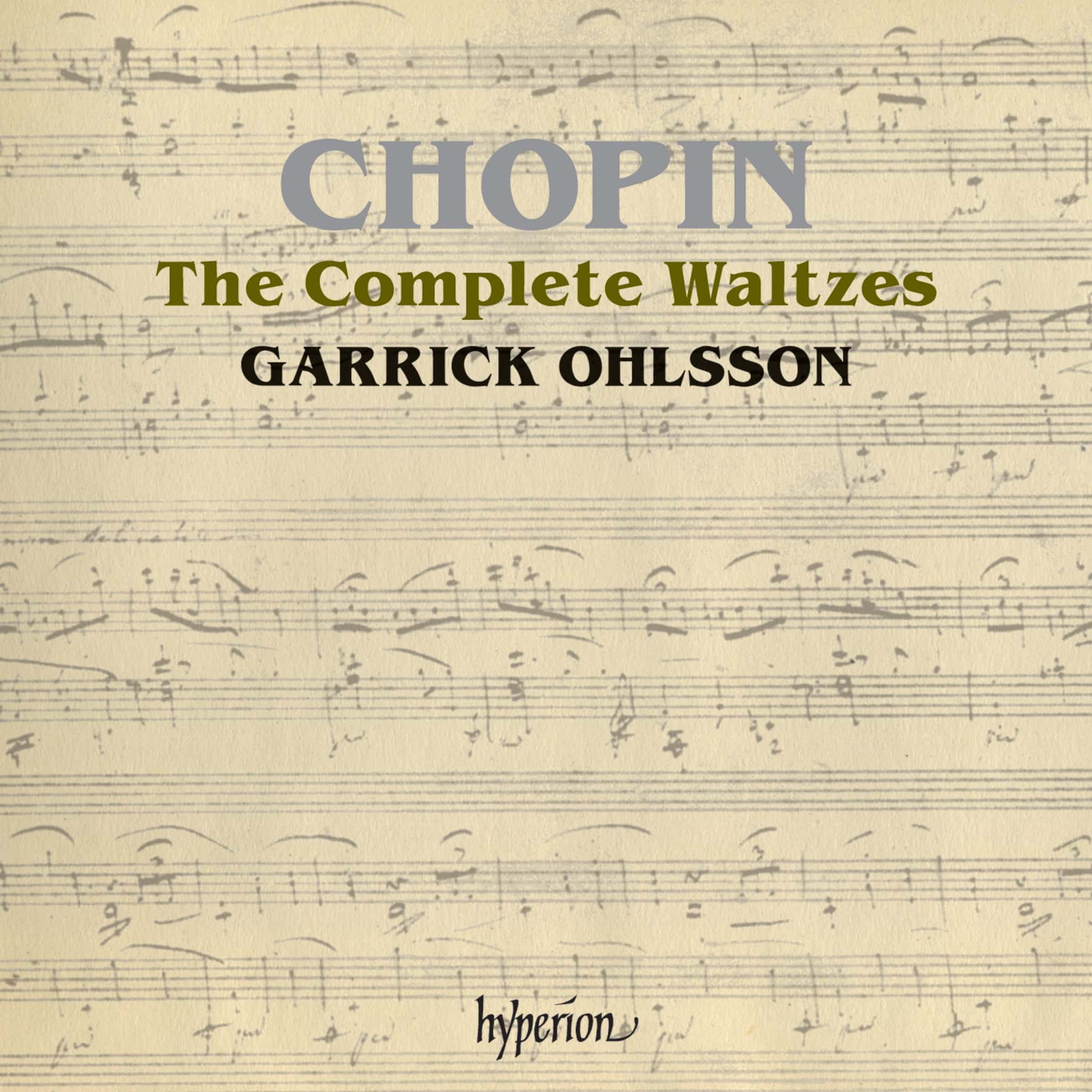Album insights
1723 übernahm Bach das Amt des Thomaskantors in Leipzig, was jedoch von Anfang an von Konflikten mit der Obrigkeit geprägt war. Sein Verhältnis zur Stadt war belastet, da er sich über die fehlenden ausgebildeten Sänger und Instrumentalisten beklagte. In einem Brief reagierte er auf Vorwürfe des Leipziger Rats, dass er seinen Pflichten nicht nachkäme. Bachs Beschwerden wurden in Leipzig weitgehend ignoriert. Er suchte sogar nach Alternativen und erkundigte sich bei einem Schulfreund in Danzig nach möglichen Stellen, während er die musikalische Unkenntnis der Leipziger Obrigkeit kritisierte. Als Kantor und Lehrer hatte Bach Schwierigkeiten mit dem Stadtrat, insbesondere wegen seines Verhaltens als Kapellmeister. Trotz dieser Querelen blieb Bach bis zu seinem Tod in Leipzig. Sein Fokus verschob sich auf das Collegium Musicum und die Verbindungen zum Dresdner Hof. 1733 reiste er nach Dresden, um seinen Status in Leipzig zu stärken. Dort überreichte er dem Kurfürsten eine neue Missa, um seinen musikalischen Rang zu unterstreichen, was ihm den Titel eines Hofkomponisten des Kurfürsten von Sachsen und Königs von Polen einbrachte. Die monumentale h-Moll-Messe, die Bach komponierte, wurde erst nach seinem Tod 1859 vollständig aufgeführt. Diese Messe zeichnet sich durch die Einheit verschiedener Musikstile aus, die Bach miteinander verband. Sie kombiniert Galanterie, Tanz und tiefe Kirchenmusik und beinhaltet Parodien, was sie zu einer musikalischen Meisterleistung macht. Es wird spekuliert, ob sie jemals vollständig aufgeführt wurde. Mit der h-Moll-Messe schuf Bach ein bedeutendes Werk voller Vielfalt und Tiefe, vergleichbar mit der Matthäuspassion in ihrer spirituellen Bedeutung.


